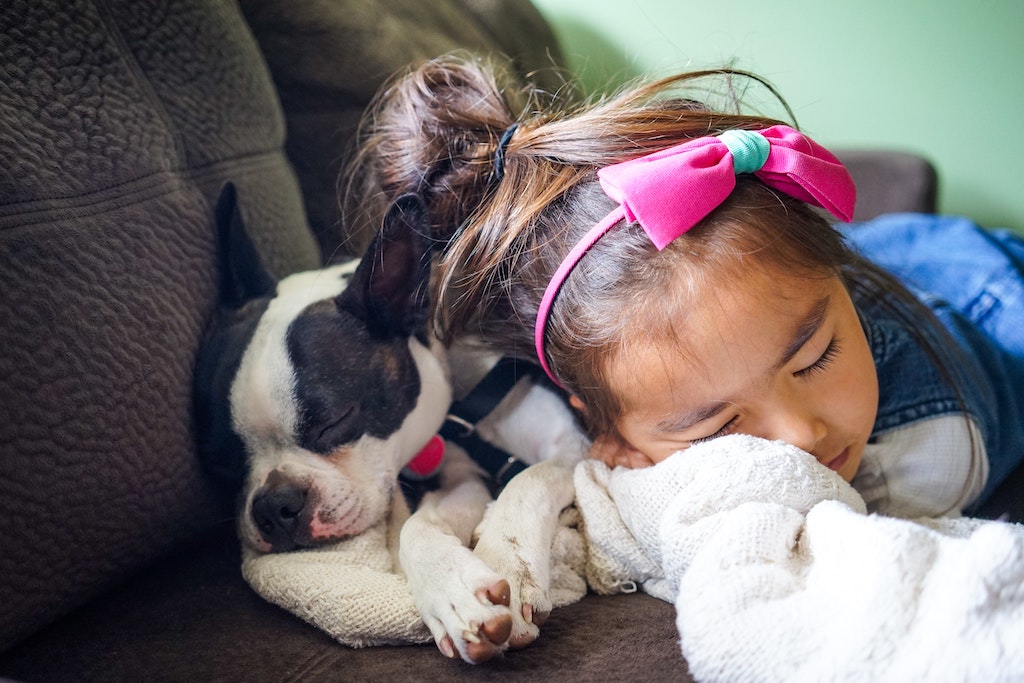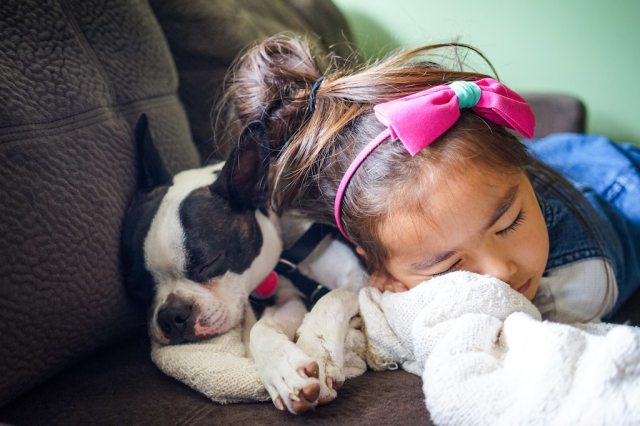
Is it that time yet? Have your kids finally convinced you to adopt that kitten, puppy or goldfish?
If so, congratulations! You are about to have the adventure of a lifetime.
Whether or not you have owned dogs or cats yourself before (or goldfish, for that matter), it will be quite different now that you also have kids. After all, you want to teach them how to take care of an animal, you want to allow them to develop empathy and responsibility, and ensure the animal comes out unscathed too.
All jokes aside though, by ensuring you introduce your child to their first pet in the right way, you can pave the way for a dynamic and irreplaceable relationship they will cherish for the rest of their lives. Here’s my advice on how to combat this challenge:
Choose Your Pet Carefully
For starters, you want to choose your pet very carefully, depending on, of course, your child’s wishes, but your lifestyle too. Guinea pigs, hamsters and fish will usually be able to fit into any kind of family dynamic, but if you want a cat or a dog, you’ll need to take their breed into consideration as well.
Are your kids small or are they in elementary school? Some pets do well with small, curious children, some do not. Do you have the outdoor space to accommodate a large dog? Will a high-energy dog fit in with your family’s always-on-the-go lifestyle or is your family more chill and would do better with a cat that doesn’t require so much playtime and daily exercise?
Ensure a Calm Environment
When you do choose a pet, make sure the introduction between child and animal takes place when they are both calm. The dog or cat may be scared and confused when arriving at your home, so it may take a day or two for them to adjust. If they appear curious and playful then you probably don’t have to wait as long. After a meal might be a good time to introduce them.
Prepare your child for what they can expect. The animal may sniff them, they may want to play or they may be afraid. Talk about the importance of gentle touches and letting the animal adjust to its new home.
Don’t Negate, Offer Alternatives
If you spot your child doing something the dog or cat definitely doesn’t seem to be enjoying, don’t just rush in and scream no. Neither your kids nor the animal will take kindly to it.
Instead, offer an alternative. Tell your child why what they are doing is not okay and how it makes their new friend feel. They might be in pain, uncomfortable, or they may be looking for an escape route. Show them what they should be doing instead. Demonstrate the correct petting and snuggling technique, show them how to offer treats, and so on.
Talk about Boundaries & Responsibilities
Even before your new pet arrives, but especially once they get there and spirits are high, reinforce the basic rules. For starters, you want your child to be as involved in pet care as much as possible. Let them provide the meals or clean the food bowls. Take them on every dog walk. Involve them in the training and teach the dog that they need to obey your child too, even though they are not likely to be the pack leader.
Explain to your child that if they don’t want to share in the responsibility they can’t enjoy the benefits of having a pet. You need to be able to set and manage and set expectations for your child and their involvement.
Never Leave Kids & Pets Unsupervised
Both your child and your new pet will need some time to get used to each other. And while you may trust the cat or dog would never intentionally hurt your child, or that your child would never hurt them, a bit of roughhousing can quickly turn into tears.
Make sure you are always there to supervise their interactions, at least until your pet grows into a well-behaved adult. Once you get to fully know their temperament and they get used to your home as their home, you can leave them in the same room. However, if your kids are still toddlers, you might still prefer to always keep a watchful eye over them, just to be on the safe side.
The joy of watching your kids play with their new pet, snuggle with them in front of the TV, and nap with them on the sofa won’t compare to any other parental joys you have experienced so far.
As long as you are careful about your choice of pet and take the appropriate steps, you should be privy to the blossoming of an amazing relationship in the years to come.
RELATED:
Signs Your Kid Is Ready for a Pet (According to Experts)
Here’s the Science Behind Why Kids Totally Need a Pet
The Best Pets for Kids If You Don’t Want a Dog or Cat
